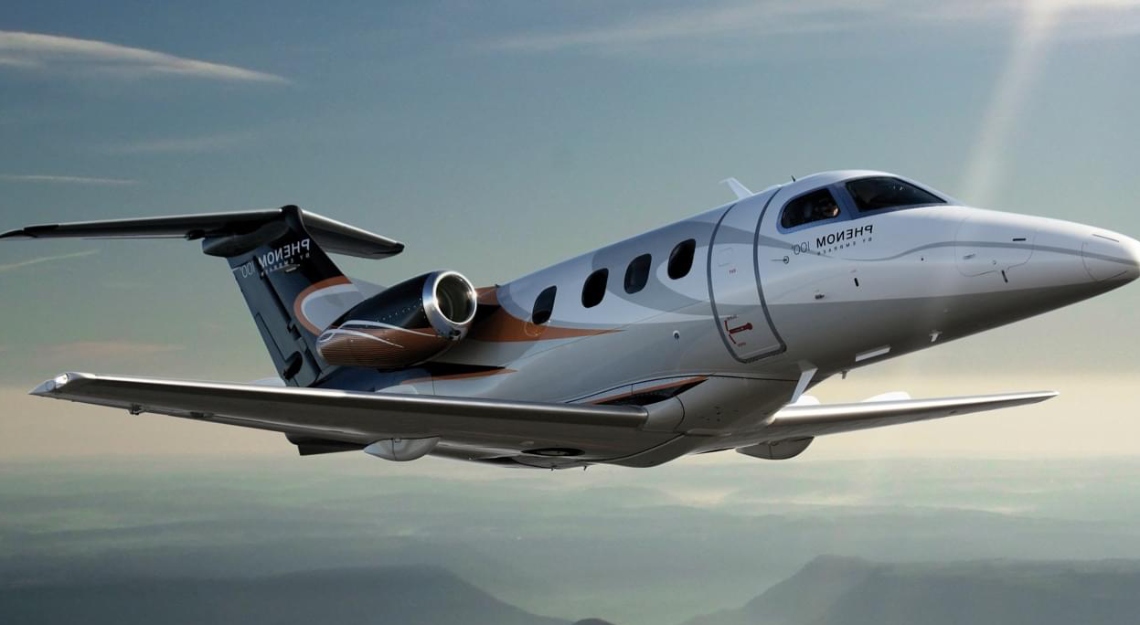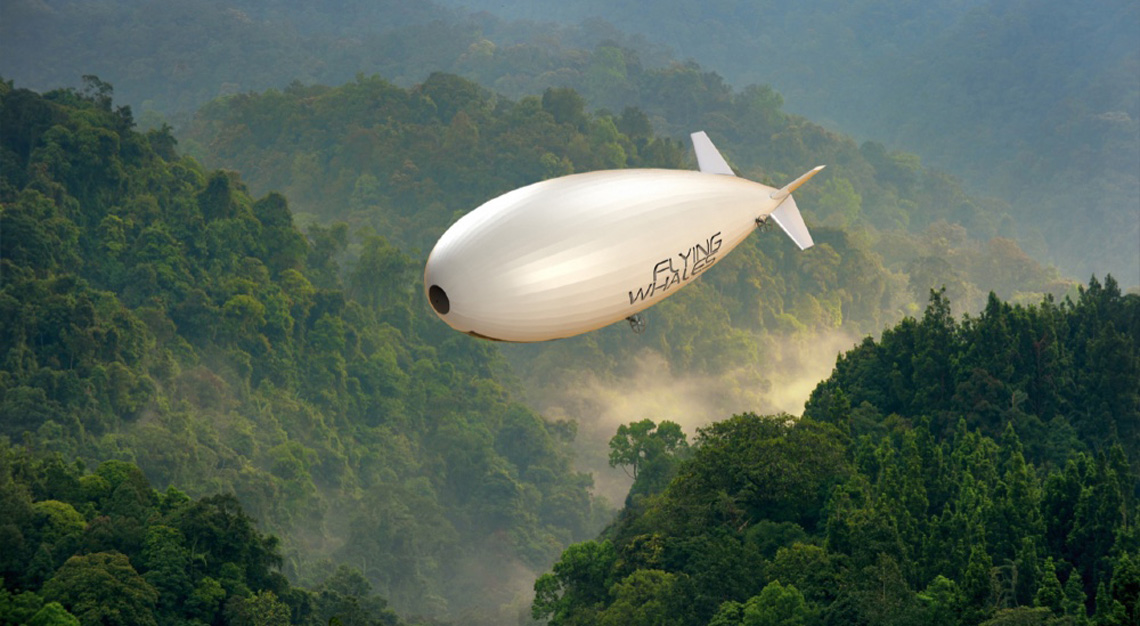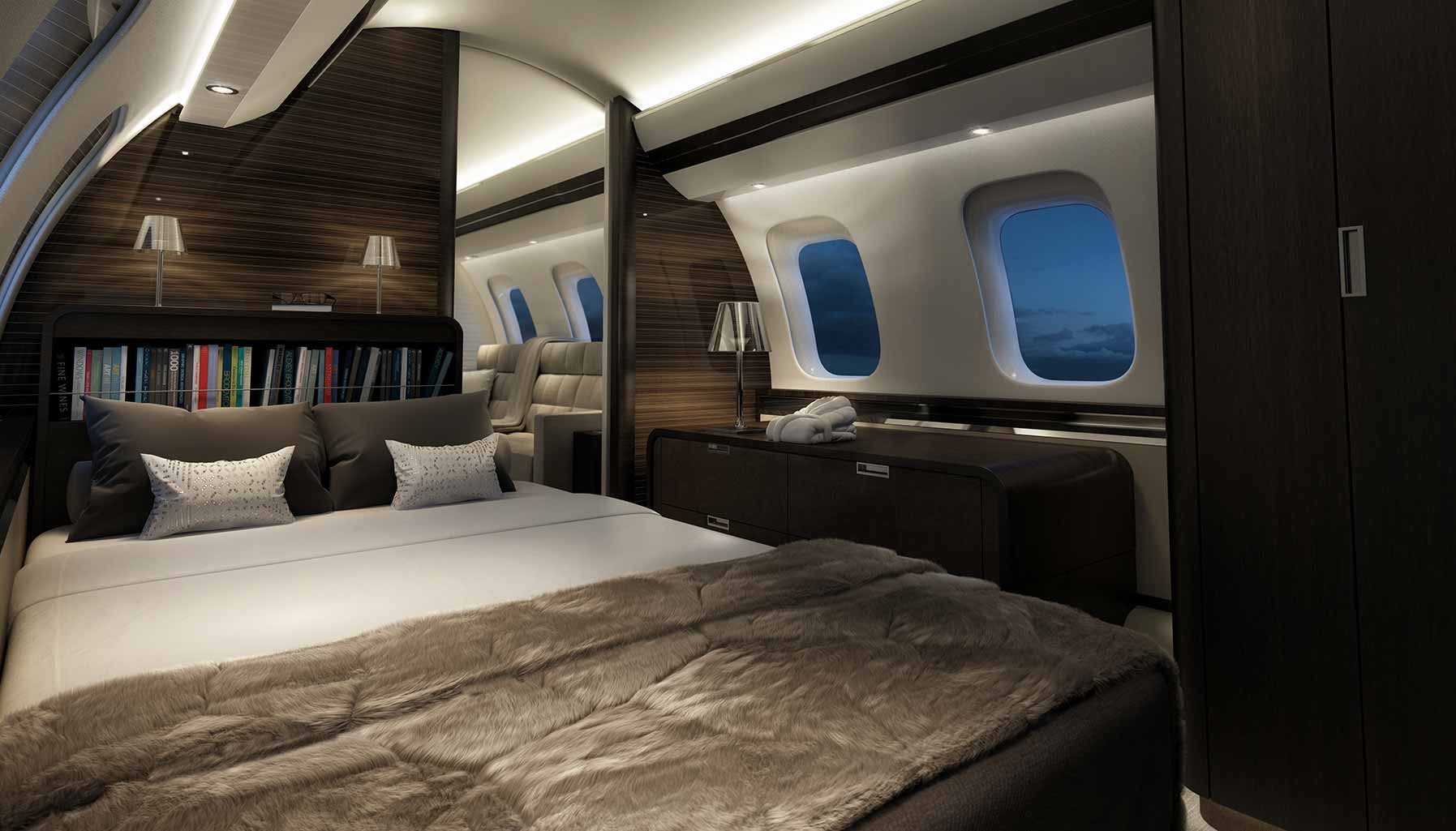Can you hail a private jet, the way you would a Grab taxi? According to major industry players Lunajets and PrivateFly, the future is now
“When I heard that figure even I wasn’t sure it was right at first,” laughs Adam Twidell, the CEO of private jet charter booking platform PrivateFly. “But it’s a sign of just how on demand a private jet can be.” He’s speaking of the company’s fastest ‘go now’ flight, as the charter business refers to those clients who, well, need to go now. In this case, recorded last year, the client was in the air within 16 minutes of his enquiry. You can wait longer than that for an Uber ride.
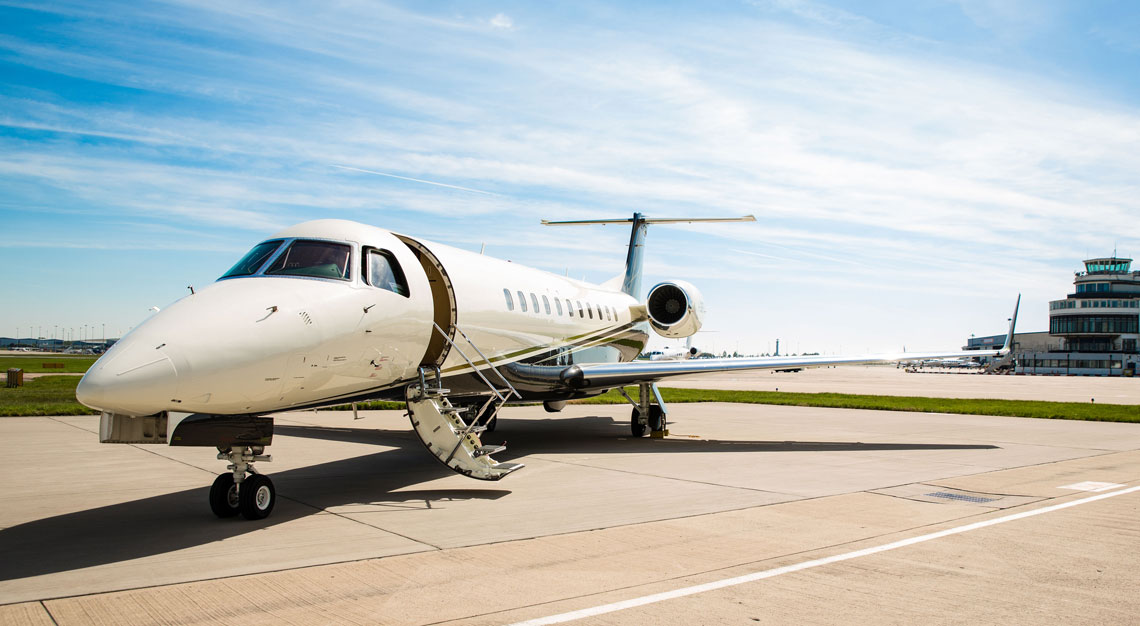
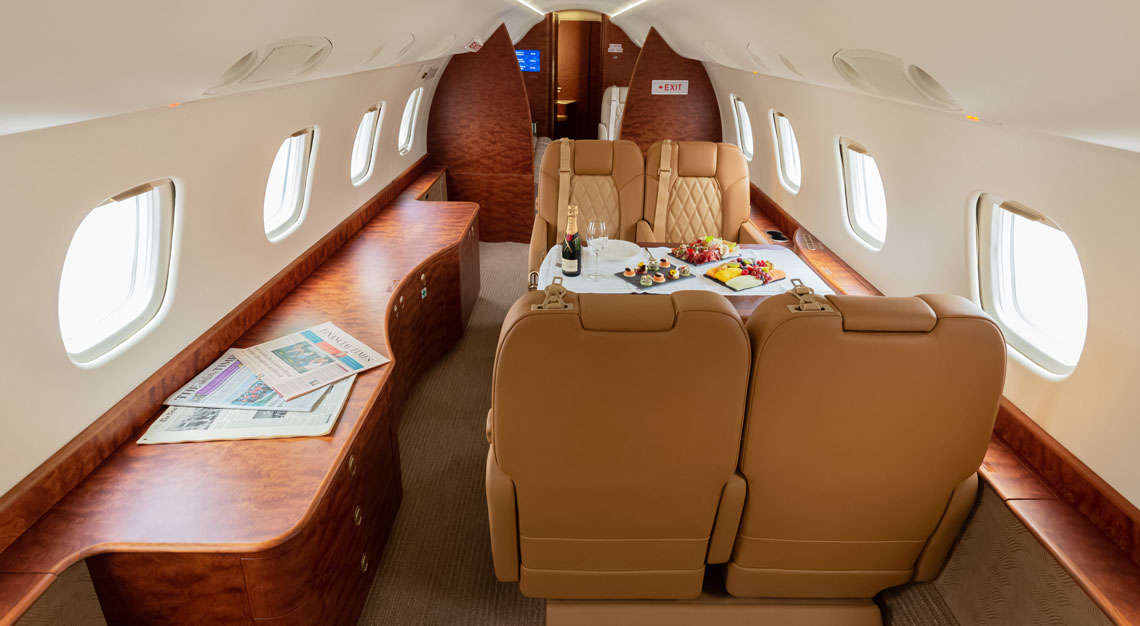
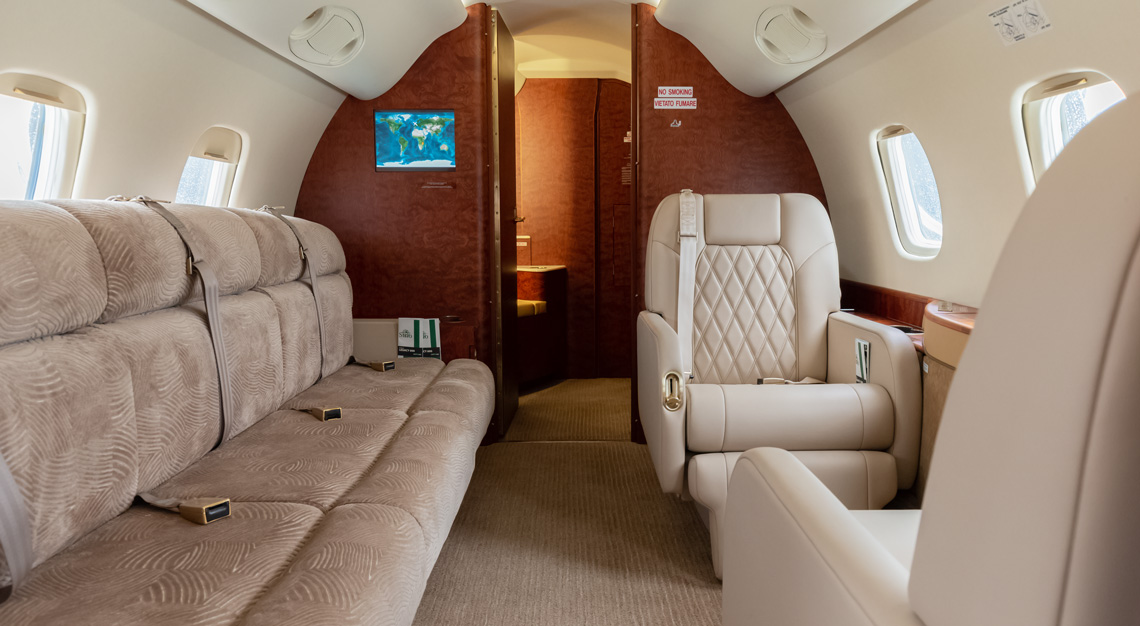
The idea of the private jet charter world taking a leaf from Uber’s book – in as much as using tech to make getting a ride faster and easier – is not a new one. Nor is the notion universally supported within the sector. But, Twidell argues, “there’s now significant investment in bringing more tech into the sector. Yes, on demand flights are a jigsaw puzzle of putting together passengers with aircraft: what’s the demand and what’s the availability? But a lot of players have made a lot of how complex it is when it really needn’t be.”
Privatefly’s model is a simple one: integrating aircraft operators into an online platform so they don’t have to quote for a job (though they can still opt to do so), but rather just need to accept it or not. Pricing is transparent, so the customer can also compare options. Twidell concedes that the private aviation world is inevitably working on a different timescale to that of Uber. There are a number of reasons for that: the distances; the fact that the aircraft are not all owner-operated; that travellers still need to get to an airport; as well as regulations and cabotage laws. He reckons two hours to airborne is more typical. But it’s clear there are parallels between tarmac and airspace.

And it is an idea that, if only step by step, is catching on. Last year saw the launch of Supreme Jets, based out of London and Dubai. Its target is getting users airborne within three hours. It offers the usual full service for those who can plan ahead, or who want their own particular needs catered to. But it’s also aiming to make private jet travel more accessible by utilising both empty leg flights – those on which the aircraft has to fly back to base or to reposition for the next customer – and trip-sharing, for those happy to have the time-saving convenience of a private jet without having the entire jet to themselves. Trip-sharing alone is as aspect of private jet travel that has only become recently possible as a result of tech providing the necessary reach.
“Year on year the industry is getting closer to offering private jet travel in a way that’s akin to what Uber does. It doesn’t have a strategy relating to what tech can do but it is at least waking up to it,” suggests Per Marthinsson, founder of Avinode Group, which connects aircraft brokers and operators. Last year it introduced its ‘Takeoff Ready’ technology, which filters available aircraft to give priority to those prepped, crewed and approved (by their owners, for example, who rent out their aircraft when not using them themselves) for flight within 96 hours.
Some 40 per cent of all Avinode trip searches are for those with departures within that time-frame, a number that might be expected to grow as demand copies the last minute travel mentality that has taken hold in commercial airline and hotel use. Historically, many such searches have not resulted in a booking because of a lack of confirmed aircraft availability.
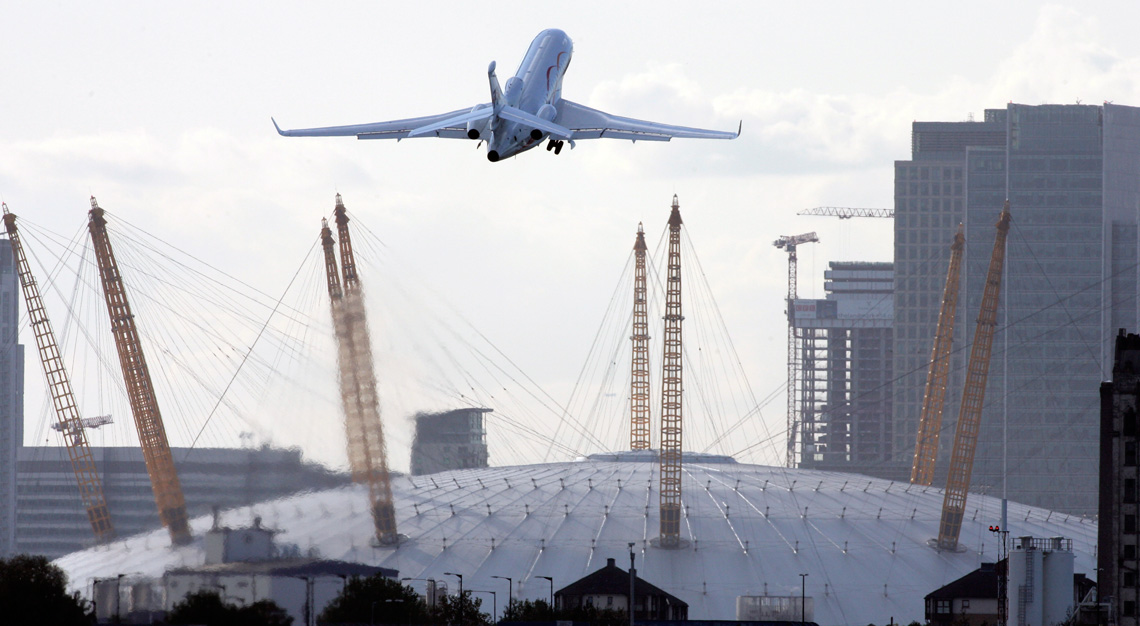
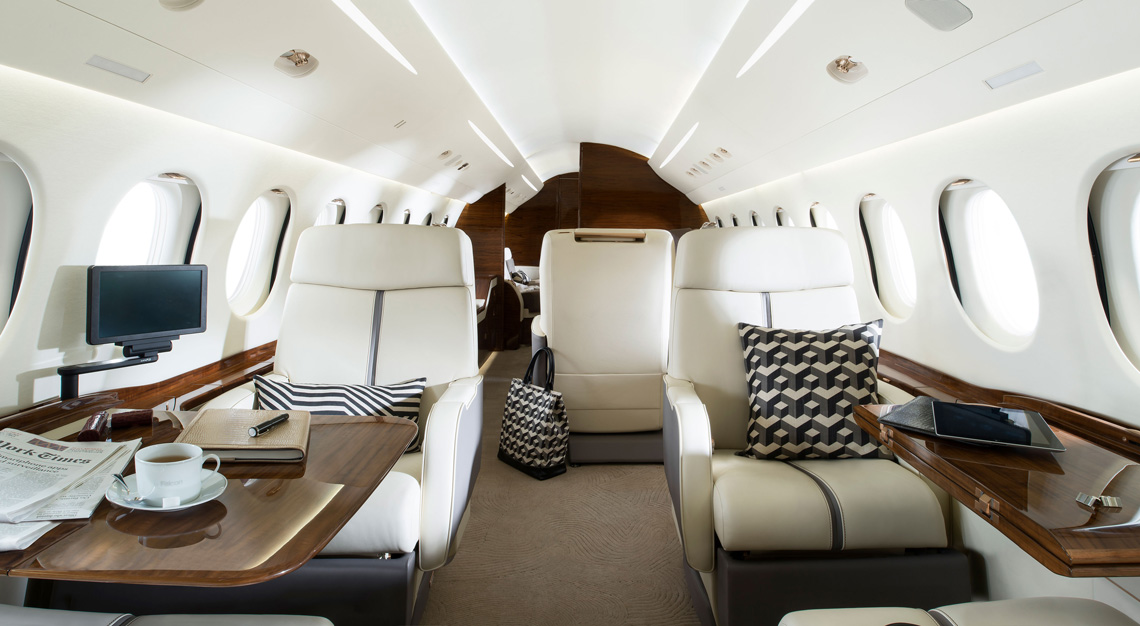
“We’re still some way from something that’s truly seamless because of the complexity of private jet travel, in particular because customers have been given the opportunity to customise their flight arrangements to their preferred configurations. But then customers don’t have to always be given that opportunity if it speeds the process up,” says Marthinsson. “The real challenge is in managing aircraft availability. With Uber, the driver is typically the owner and so you get an instant decision on a booking. Outside of operators, with private jets owners can sometimes take days to decide. There is though an awareness that they, as with all parts of the chain, need to get more sophisticated if they want to maximise returns on their asset.”
There are others barriers to ‘uberisation’ too: Twidell highlights the matter of airport access. There are needs, he says, to be a push to bring all airports online – both to maximise private jets routes, but also so airports can, as they need to, fill their schedules. But he’s convinced it’s just a matter of time before such a hurdle is cleared. Others contend that there are just too many barriers for the private jet world to offer a truly Uber-like experience.
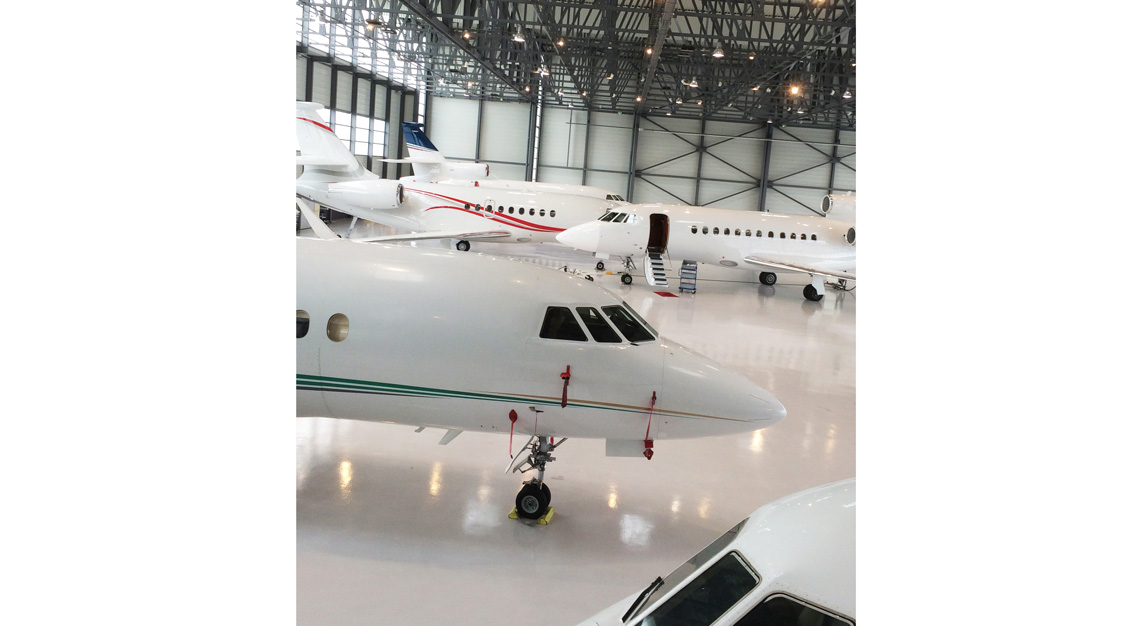
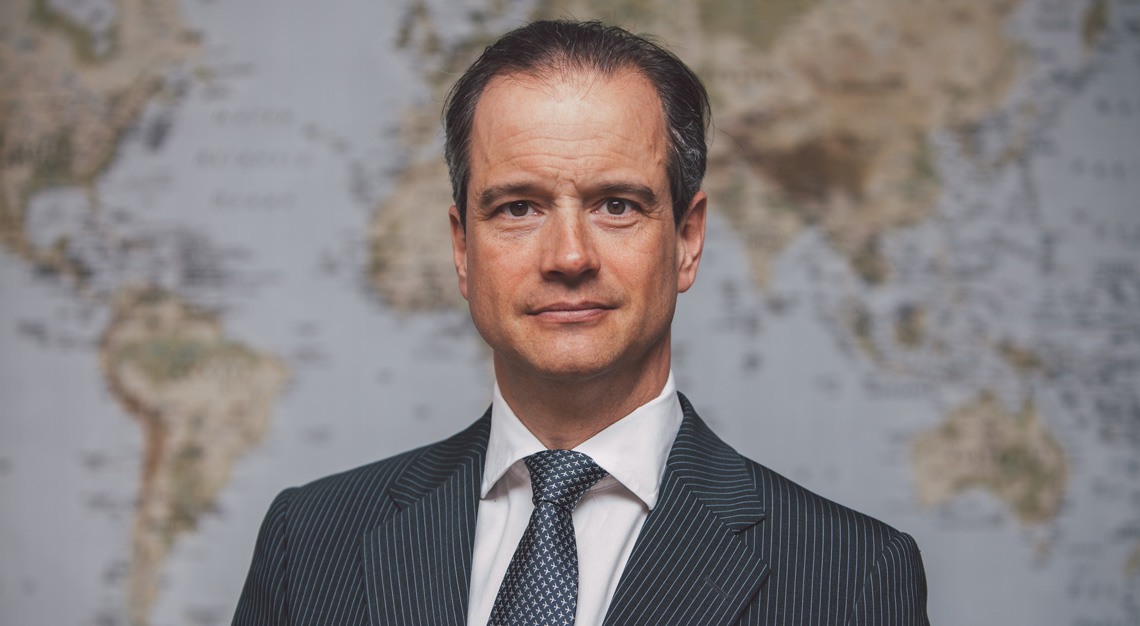
“The concept makes sense, and it appeals to investors, but there are factors that mean ‘uberisation’ won’t work,” argues Eymeric Segard, CEO of private jet broker Lunajets. He concedes that the private jet sector has, among all travel segments, been slow to digitise. Inexplicably, there’s still a lot of faxing going on, a lot of paperwork; and that the market remains, perhaps unhealthily, dominated by brokers. They’re akin to the travel agents of the skies, when travel agents long ago lost their monopoly on the access that made arranging one’s trip practicable.
“Sure, it doesn’t help that it’s such an opaque industry – you can’t find a price online because each trip is made to measure. And, yes, tech is important. But more as a tool to help sales people help the client,” he adds. “Yet the fact is that there’s not an immediate need. You don’t need a jet in the way you might a car. And the expectations of service behind the product is just that much higher with jets.”
With the average Uber transaction at under US$15 (S$21.50) and the average transaction at Avinode, for example, around US$22,000 (S$31,568), that’s no great surprise. So perhaps the future of private jet travel market then is some bifurcation – between those who want the human touch for their not inconsiderable money, and those willing to sacrifice a little of that service for convenience, efficiency and price. After all, Uber offers a premium service too.
